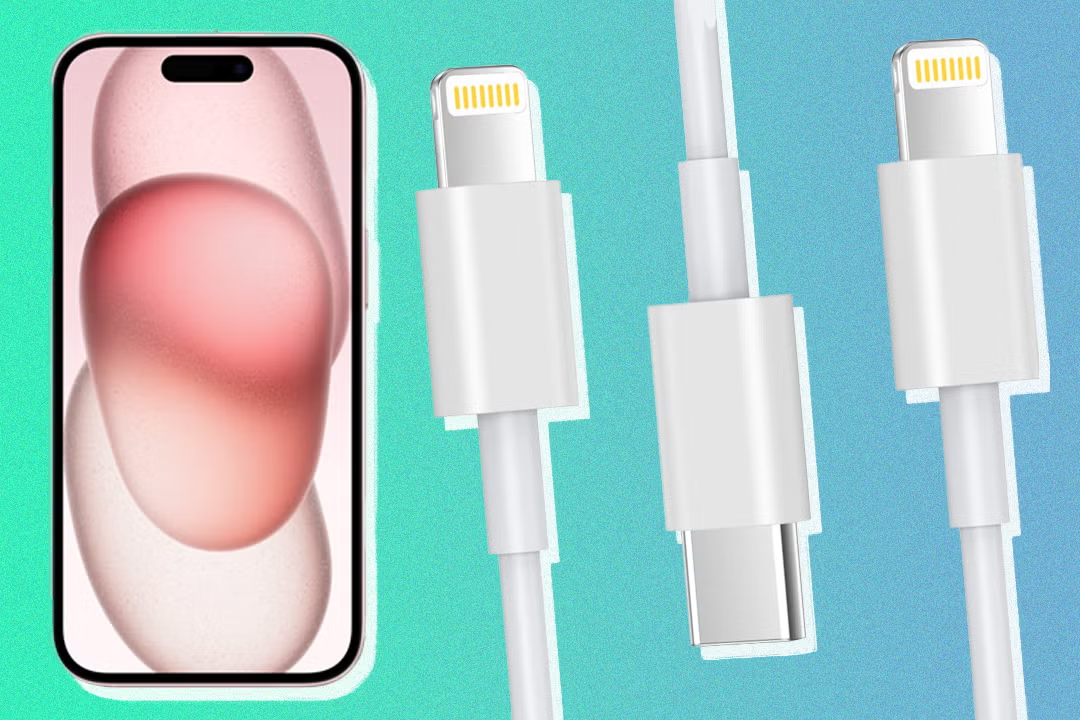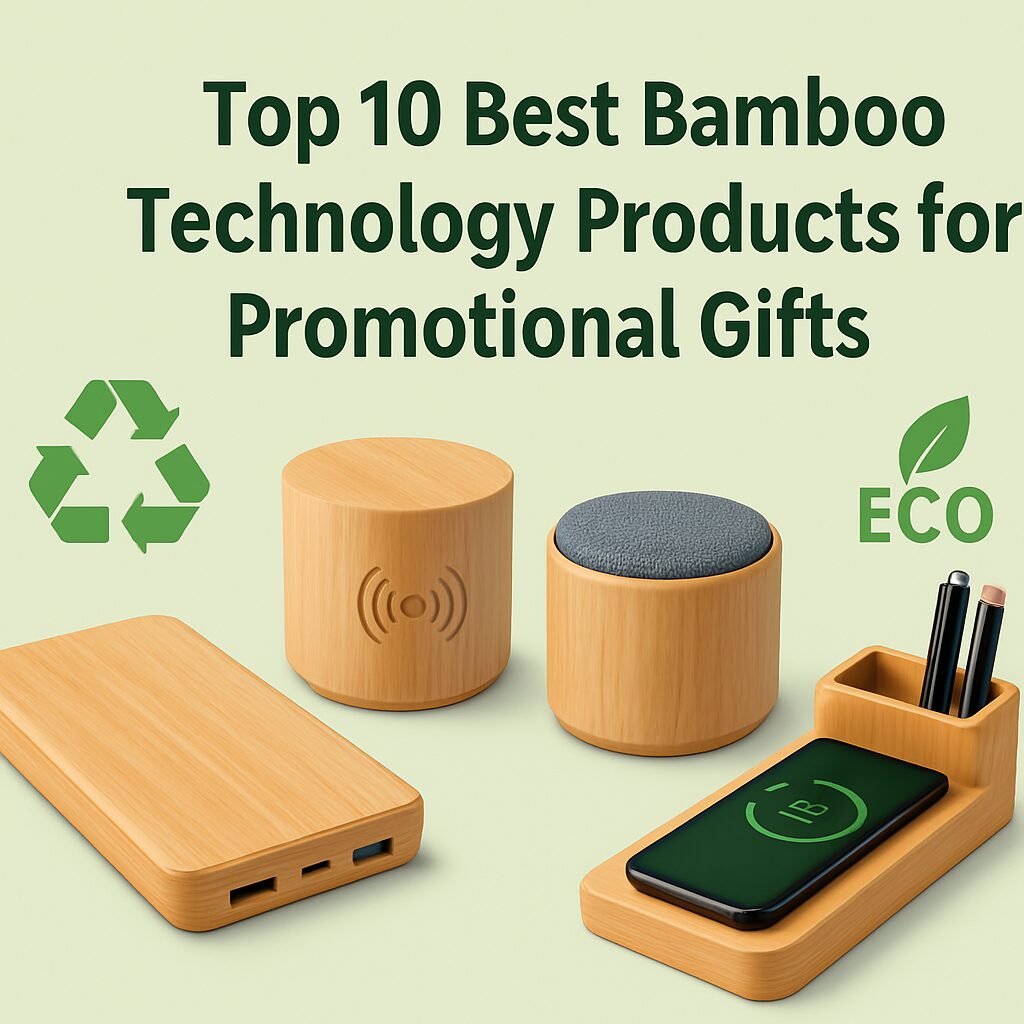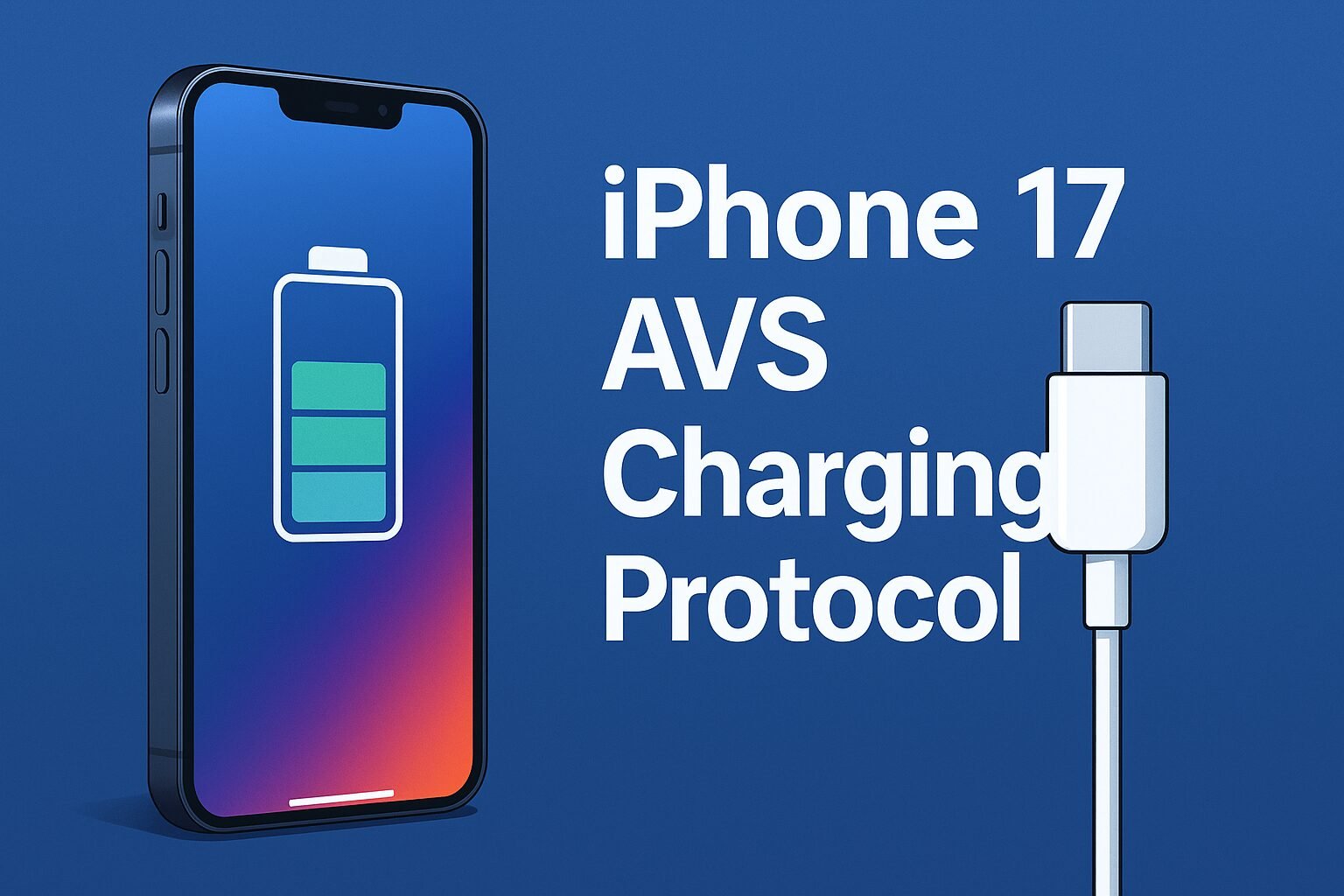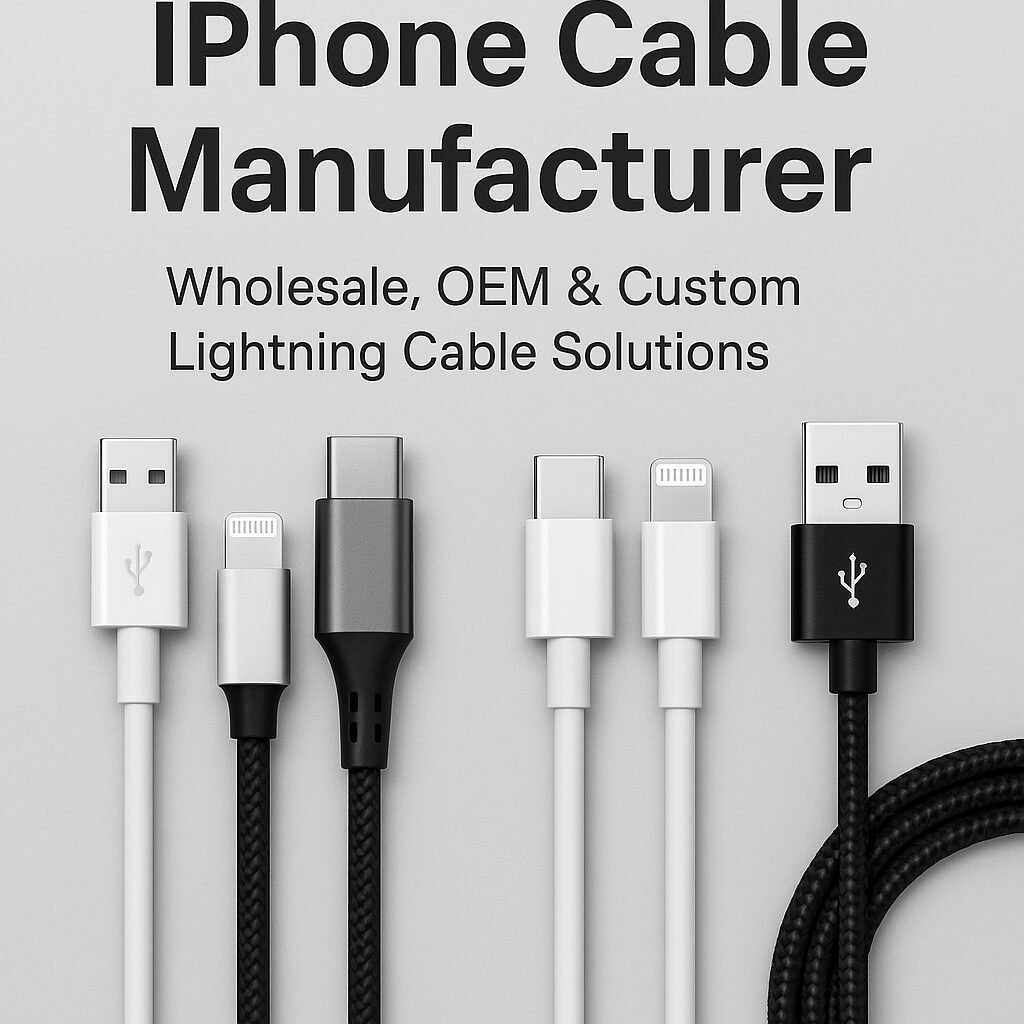The differences between various materials used for iPhone cables, like PVC, TPE, Braided, and Liquid Silicone, mainly revolve around durability, flexibility, and price.
- PVC (Polyvinyl Chloride):
- Durability: PVC cables are generally durable but can become stiff and crack over time.
- Flexibility: They offer moderate flexibility.
- Price: Usually, PVC cables are more affordable.
- Usage: Common for standard use due to their lower cost and adequate durability.

- TPE (Thermoplastic Elastomer):
- Durability: TPE cables are more durable than PVC, resistant to wear and tear.
- Flexibility: They offer high flexibility and are less likely to tangle.
- Price: Tend to be slightly more expensive than PVC cables.
- Usage: Ideal for users who need a more durable and flexible cable.

- Braided Cables:
- Durability: Braided cables, often made with a nylon or similar material, are highly durable and resistant to fraying.
- Flexibility: They are flexible and usually do not tangle easily.
- Price: These are often more expensive due to their enhanced durability and aesthetic appeal.
- Usage: Best for users who require a cable that can withstand rough use or for those who prefer a more premium look.

- Liquid Silicone:
- Durability: Liquid silicone cables are known for their high durability and heat resistance.
- Flexibility: They are extremely flexible and maintain their shape well.
- Price: Generally, these are on the higher end of the price spectrum.
- Usage: Suitable for users looking for a long-lasting, flexible cable that can endure various environmental conditions.

Each material offers a unique balance of features, and the choice largely depends on the user’s specific needs and preferences. For instance, if cost is a major factor, PVC might be the go-to, whereas for someone looking for longevity and resistance to wear and tear, braided or liquid silicone cables might be more appropriate.



